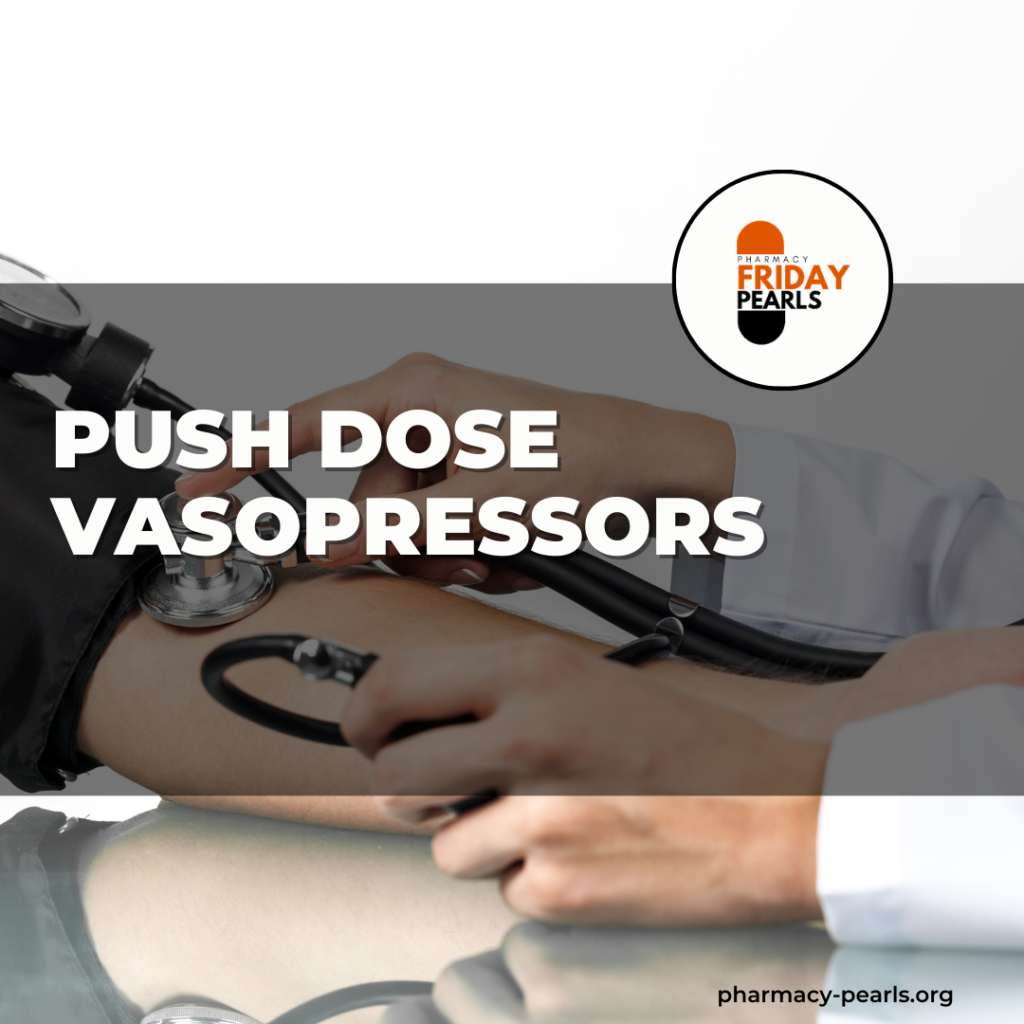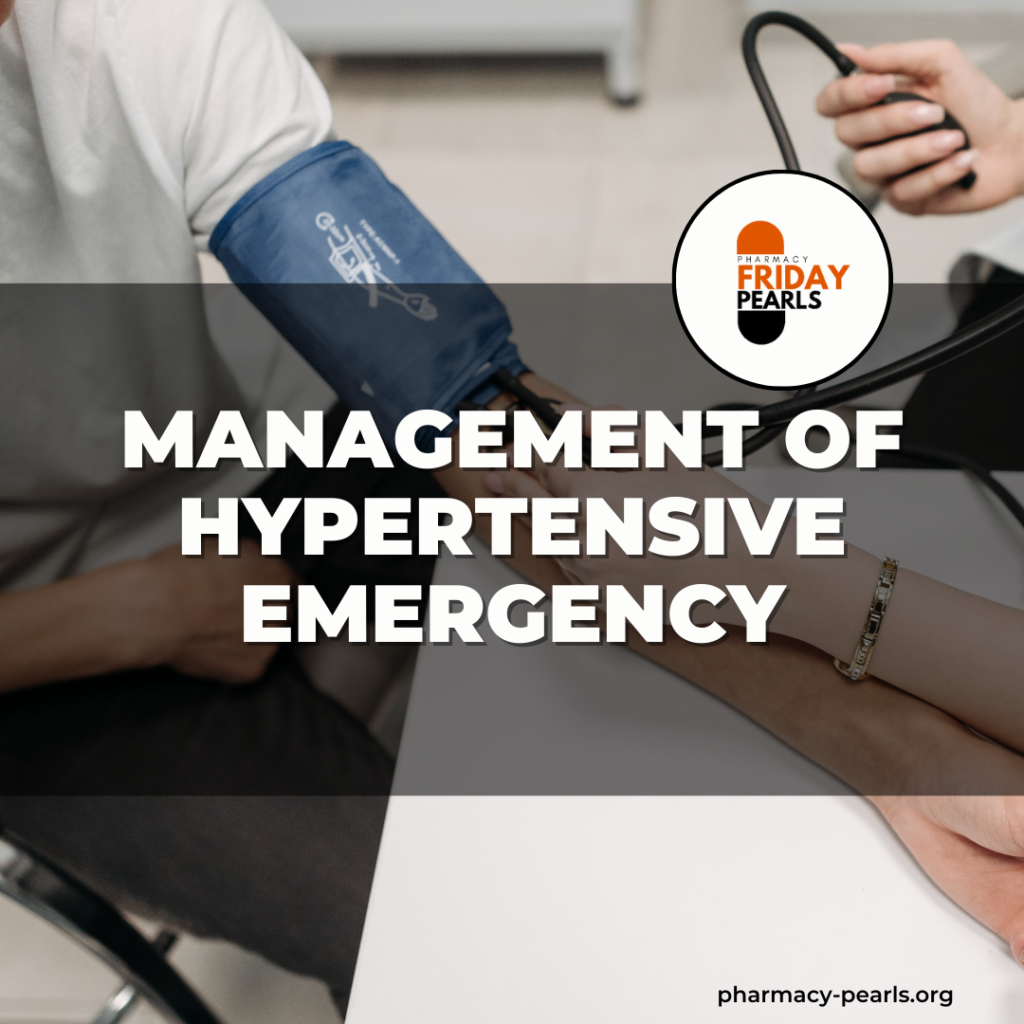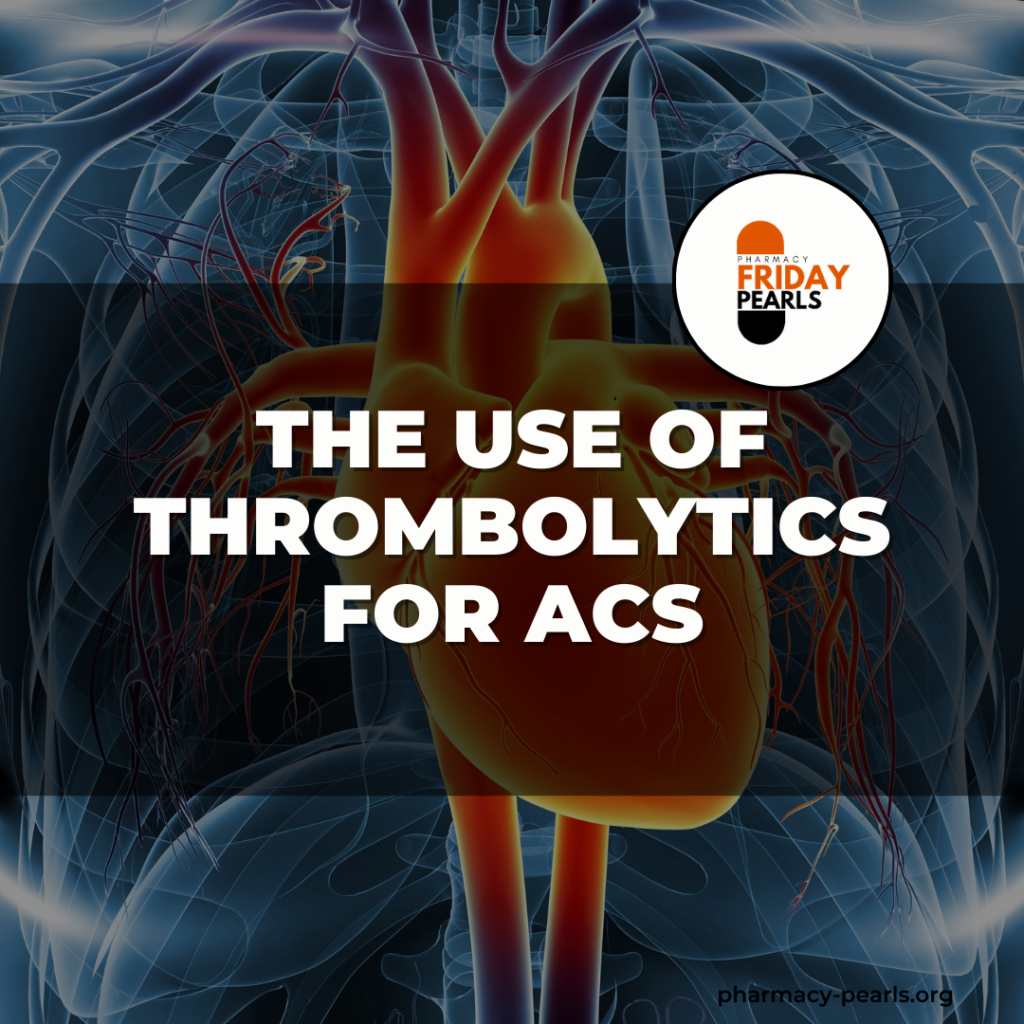Push Dose Vasopressors

Patient Case
- The team gets a call that there is a 75 year old male that triggered a sepsis alert in route with EMS and is currently desaturating on 15 L of oxygen with decision made to intubate this patient
- Prior to intubation, the patient hasn’t responded to a NS bolus infusion these are the patient’s vitals:
- Knowing that pre-intubation hypotension has been associated with peri-intubation cardiac arrest, which agent do you order? If it is not commercially available, how do you make it?
Pharmacology
| Phenylephrine (PE) | Epinephrine (EPI) | |
| Properties | A1 ++++ ↑ BP B1 ± ↔HR B2 ± | A1 +++ ↑ BP B1 +++++ ↑ HR B2 +++++ |
| Dose | 100-200 mcg PRN Q 1-5 minute | 10- 20 mcg PRN Q 1-5 minute |
| Formulation | Premixed Syringe- 1000 mcg/10 ml | Not commercially available |
| PK/PD | Onset: 1 minute Duration: ~10-20 minutes | Onset: 1 minute Duration: ~5-10 minutes |
| Adverse Effects | Reflex bradycardia Hypertension | Tachycardia Hypertension |
| Precautions | Bradycardia, heart block, heart failure, angina, acute MI | Tachycardia |
| Compatibility | Compatible with NS, LR, D5 | Compatible with NS, LR, D5 |
| Location in GHS | CPR, Trauma, Zone 2+3 Pyxis | 1 mg/ml: CPR, Trauma, Zone 2+3 Pyxis |
| Comments | Administer through a large bore peripheral IV; Low extravasation risk | Administer through a large bore peripheral IV; Low extravasation risk |
| Making Epinephrine and Phenylephrine the “EASY WAY” Supplies: 10 ml of NS, Insulin syringe, epinephrine or phenylephrine vial, tape, pen Instructions: |
| Making Epinephrine and Phenylephrine the Alternative Way Epinephrine Draw up 9 mL of normal saline into a 10 mL syringe (DO NOT use 10ml IV line “flush” syringes) Into this syringe, draw up 1 mL of EPINEPHphrine 0.1 mg/mL (1 mg/10ml) from a cardiac syringe |
Overview of Evidence
| Author, year | Design/ sample size | Intervention & Comparison | Outcome |
| Rotando, 2019 | Observational ED/ICU N=146 | PE 100 mcg/ mL or Ephedrine 50 mg/10 mL | Most common indication = peri-intubation hypotension Both agents associated with: ↑ SBP by 26 mmHg ↑ SBP by 26 mmHg ↓ HR by 6 beats per minute |
| Schwartz, 2016 | Observational ED N=76 | PE 100 mcg/ mL (pre-filled syringe) | 46.5% patients were initiated on vasopressor drip ≤ 30 minutes; mean MAP ↑ from 56.5 to 79.3 mmHg most common dose 100 mcg most common indication = peri-intubation hypotension |
| Panchal, 2015 | Observational ED N=119 | PE 100 mcg/1 mL | PE given during the peri-intubation period: ↑ SBP by 20 mmHg, ↑ DBP by 10 mmHg, HR unchanged |
| Doherty, 2012 | RCT OR N=60 | PE IV push 120 mcg (pre-filled syringe) Vs PE infusion @ 120 mcg/min | The infusion used more drug ( 1740 v 964 mcg) Push dose pressor had favorable impact of MAP compared to infusion |
References
- Micromedex [Electronic version].Greenwood Village, CO: Truven Health Analytics. Retrieved March 18, 2019, from http://www.micromedexsolutions.com/
- Scott Weingart. EMCrit Podcast 205 – Push-Dose Pressors Update. EMCrit Blog. Published on August 7, 2017. Accessed on March 19th 2019. Available at [https://emcrit.org/emcrit/push-dose-pressor-update/ ]
- Holden D. Ann Emerg Med. 2018 Jan;71(1):83-92.
- Panchal AR. J Emerg Med. 2015 Oct;49(4):488-94.
- Rotando A. Am J Emerg Med. 2019 Mar;37(3):494-498.
- Doherty A. Anesth Analg. 2012 Dec;115(6):1343-50.
- Schwartz MB. Am J Emerg Med. 2016 Dec;34(12):2419-2422



Responses